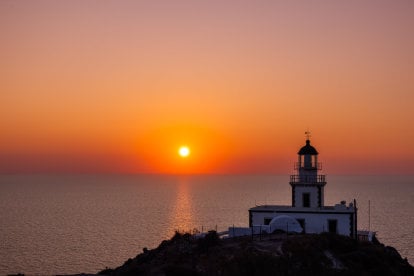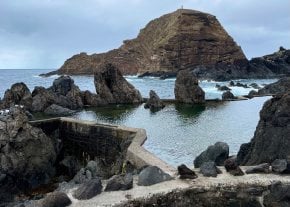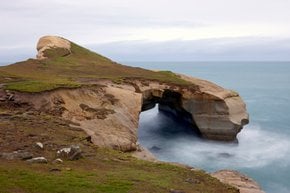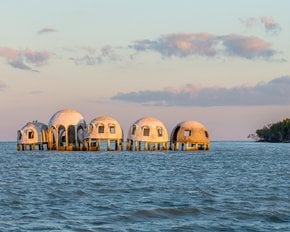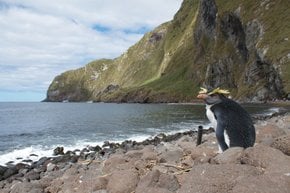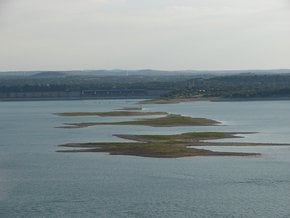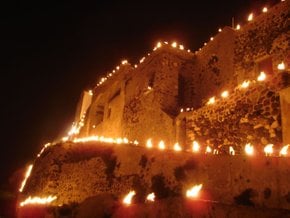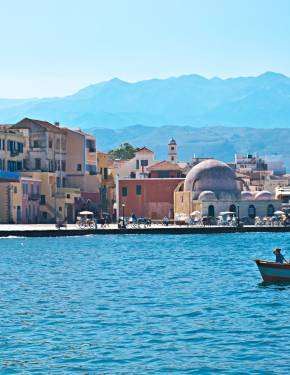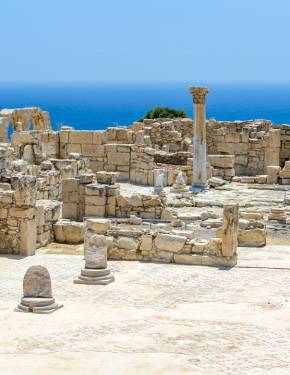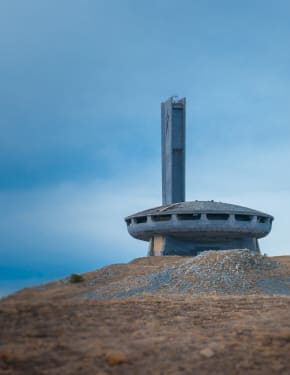Akrotiri Lighthouse in Santorini 2026
Discover the historic charm and breathtaking views of Akrotiri Lighthouse
Best time: April–June | September–October
Located on the southwestern tip of Santorini, the Akrotiri Lighthouse is one of the island’s most iconic landmarks. Renowned for its panoramic views and rich history, the lighthouse is a popular destination for visitors looking to explore both natural beauty and cultural significance. Whether you're captivated by its stunning vistas or intrigued by its maritime heritage, this lighthouse offers a quiet retreat from the more crowded parts of the island.
Scenic Views and Activities
The Akrotiri Lighthouse is best known for some of the most stunning views in Santorini. Perched atop rugged cliffs, it provides a sweeping vista of the Aegean Sea, the island’s caldera cliffs, and the surrounding Cycladic islands. Whether you visit during sunrise or sunset, the lighthouse creates an ideal setting for photography and romantic moments. Visitors can relax on the rocks surrounding the lighthouse or sit along its exterior wall to soak in the natural beauty. According to many travelers, the sunset from this location is particularly breathtaking.
Nearby Attractions
In addition to the spectacular scenery, the Akrotiri Lighthouse is situated near other attractions like the ancient Akrotiri Archaeological Site and the Red Beach, which is famous for its unique volcanic landscape. Exploring these nearby sites before or after your visit to the lighthouse is highly recommended.
Best Time to Visit
While the Akrotiri Lighthouse itself is not open for interior tours, visitors can freely access the surrounding area to enjoy the views. There are no specific hours of operation, and the site is accessible at any time of day, although the most popular times to visit are during sunrise and sunset. According to local recommendations, the spring and autumn months, from April to June and September to October, are the best times to visit, offering mild weather and fewer crowds
If you plan to visit other attractions in the area, such as the Akrotiri Archaeological Site, it’s important to check their hours. The archaeological site is open daily from 8 am to 3:30 pm, with an entrance fee of approximately €12 per person.
Tickets and Parking
Since the lighthouse is accessible at any time and there is no fee for visiting the site, entry is free. However, parking near the lighthouse may be limited. There is a small parking area a short walk from the lighthouse, and visitors should be prepared for a brief hike over some rocky terrain.
Location and Infrastructure
The Akrotiri Lighthouse is located in the village of Akrotiri, approximately 26 minutes by car from Fira, Santorini’s capital. The village itself is small and quiet, making it a peaceful place to explore. Akrotiri is also home to several charming taverns where visitors can enjoy fresh seafood while taking in views of the Aegean. For those staying farther away, the lighthouse is about 7 miles (11 km) kilometers from Athinios Port and 10 miles (16 km) from Santorini Airport. Oia, another popular destination for sunset views, is roughly 19 miles (30 km) from the lighthouse.
How to Get There
For those looking to rent a car, Santorini offers numerous rental options. Alternatively, visitors can hire a taxi or use a pre-booked transfer service from their hotel. Public buses do not go directly to the lighthouse, but they do reach the nearby village of Akrotiri, located about 3 miles (5 km) away.
Historical Background
The Akrotiri Lighthouse was built in 1892 by a French trading company, making it one of the first lighthouses constructed in Greece. Initially, it was powered by petrol and operated manually by a lighthouse keeper who lived on-site in a small whitewashed building. During World War II, the lighthouse ceased operations but was restored in 1945 by the Greek Navy. In 1988, it was connected to electricity, and it continues to operate today, emitting a bright white light every 10 seconds to guide ships safely along the coast.
The lighthouse has stood as a silent witness to the island’s history, and its role in maritime navigation remains significant. Visitors can still see the original lighthouse warden’s house, which sits at the base of the tower.

